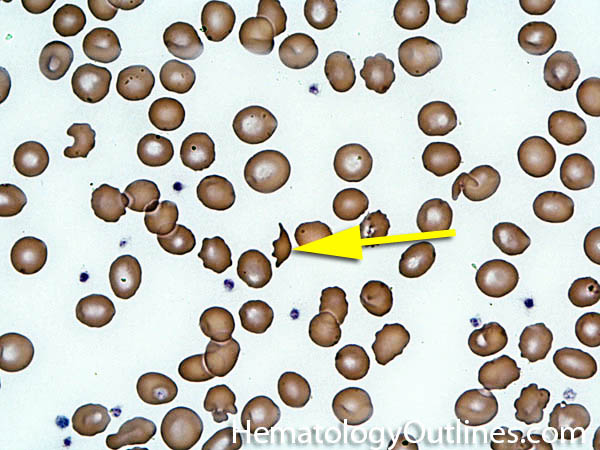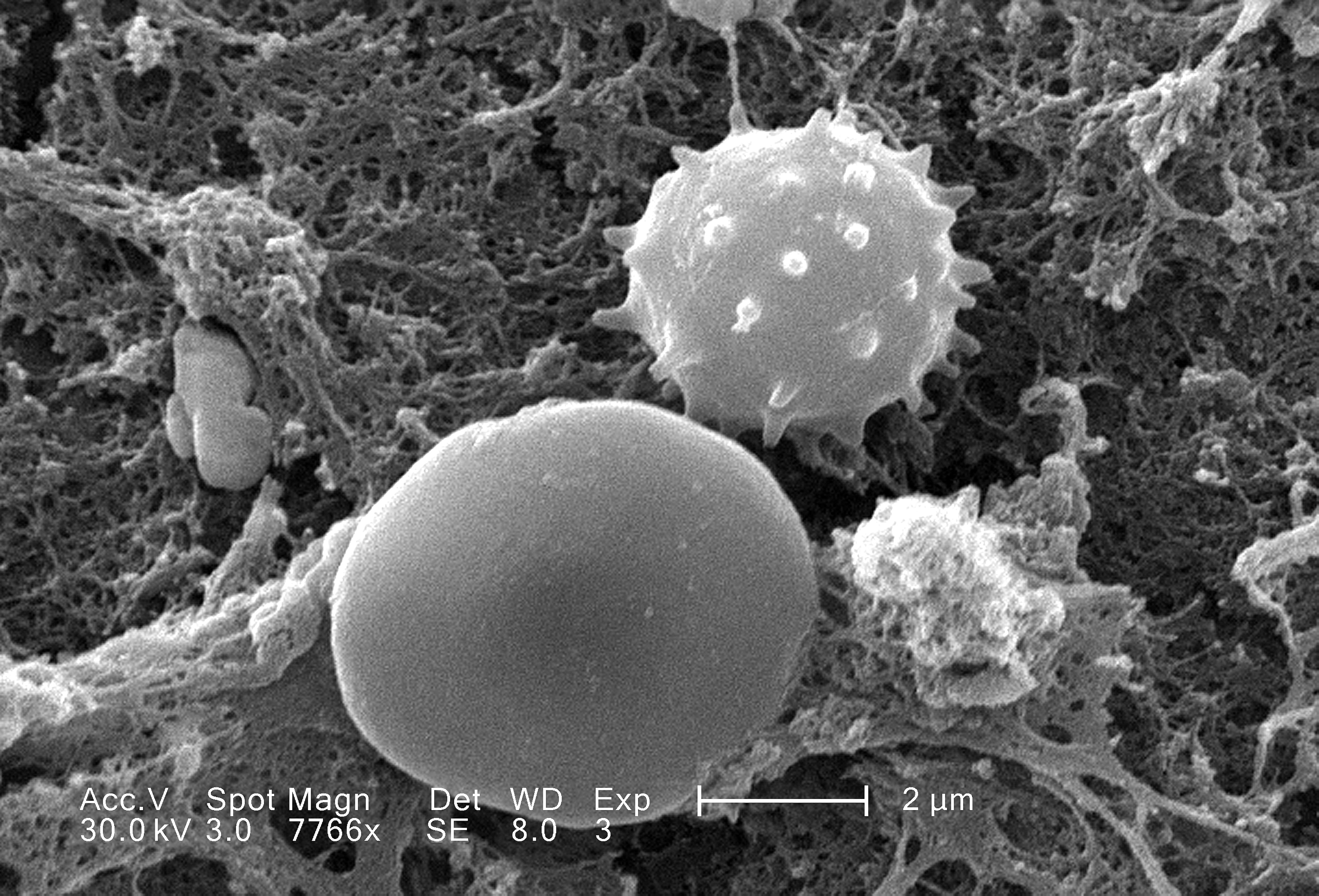

It is most often given into a vein over one to two hours. It is often used alone or with cryoprecipitate to replace the low levels of clotting factors. Fresh frozen plasma contains many clotting factors. Fresh frozen plasma is plasma which was frozen and stored shortly after it was obtained from the blood donor. Fresh Frozen PlasmaĬontains clotting factors.

The decreased production of cells may be due to bone marrow failure, cancer involving the marrow, the effect of chemotherapy drugs used to treat a cancer, or anemia due to prematurity. This is given to replace the red cells lost through bleeding, hemolysis (destruction of the red blood cells), or when the bone marrow produces fewer red cells. Packed cells are most often given into a vein over two to four hours.

Packed red blood cells have had most of the plasma removed from the whole blood. Red blood cells carry oxygen to the tissues. It is not common for this product to be used for other reasons. It may also be used for exchange transfusions (complete replacement of a baby's blood) in newborns with hemolytic disease of the newborn. Whole blood is often used for open heart surgery. Whole blood contains red blood cells and plasma.

C 1494, available through the Institute for the Scientific Film, NonnenstGöttingen, FRG. The specific details of their motion in shear fields have been demonstrated in a scientific film: 'Blood fluidity as a consequence of erythrocyte fluidity', film No. The unique biology of mammalian red blood cells stems from the fact that they behave akin to fluid droplets. In addition to the specific functions of intracellular haemoglobin concentration, their flow behaviour as non-nucleated cell fragments is central to their role in taking up, transporting and releasing reversibly bound oxygen. Red blood cells as transport cells for oxygen can only be understood by appreciating their specialist functions.


 0 kommentar(er)
0 kommentar(er)
